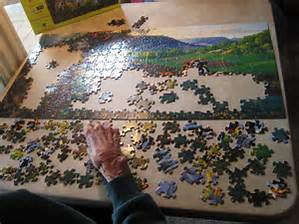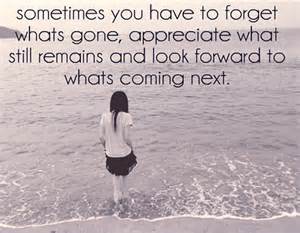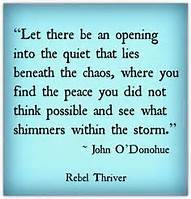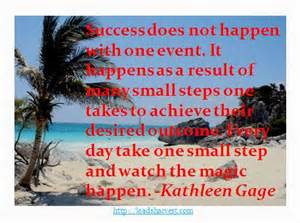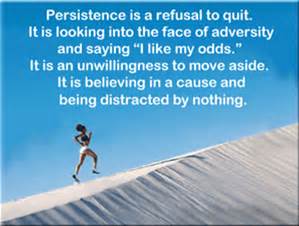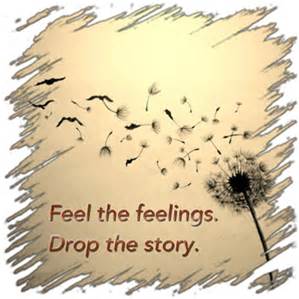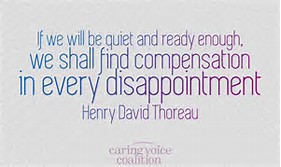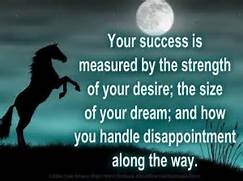I’ve written a lot about the importance of having a positive attitude, spreading positive vibes, and having a joyful inner spirit. In each of these past posts, I have focused on what we can do to: remain positive, turn negatives into positives, concentrate on the positive, and maintain a ‘can do’ attitude. With this post, I want to take a slightly different tactic and talk about the power of positive energy and how positive energy can help in our lives and especially in dealing with change.
So, just what is positive energy? For the purposes of this post, it is not the type of energy associated with physical science. Examples include energy such as kinetic, potential, electrical, thermal, magnetic, radiant, or gravitational. No, my use of the term refers to what Joachim I. Krueger, Ph.D. calls “a bundle of desirable attributes.” In a blog post titled One Among Many found on Psychology Today, he says, “A person who is enthusiastic, empathic, cheerful, optimistic, courteous, generous, or kind would fit the bill. … Again, ‘positive energy’ is simply shorthand for ‘good person.’”
Positive energy comes from a mindset that imagines, thinks, speaks, and sees everything in terms of its good, its potential for growth, success, and happiness. Our mindset is very powerful. It consists of beliefs and beliefs are thoughts that are repeated over and over for a period of time that determine how we respond to situations. And the longer we think that something can or can’t happen, the more we believe that thought and the more we act accordingly.

This week, let’s explore the power of positive energy and how it can help us deal with change:
HELPS US FOCUS ON THE POSITIVE and break the cycle of negativity. You’ve heard the phrase, “You are what you eat.” The same applies to our thoughts. You are what you think. If you think negative, you will be negative. If you think you can’t, you won’t be able to. If you think you can, you will be able to. If you repeat positive thoughts, your mind will begin to focus on what you want you want rather than on what you do not want. Positive energy provides the fuel to fight and weaken the negative.

GIVES US CONFIDENCE. Positive energy gives us a feeling of empowerment; of assurance in our abilities and  qualities. We are less likely to second guess ourselves. We believe we are worthy of our goal, dream, or desire. No matter what the odds, we have a sense of “I can do this!”
qualities. We are less likely to second guess ourselves. We believe we are worthy of our goal, dream, or desire. No matter what the odds, we have a sense of “I can do this!”
ALLOWS US TO BE RESOLUTE. Feelings of determination, tenacity, and persistence come from positive energy. It gives us a firm and unwavering desire to do or pursue something. Nothing will get us down. We will see things to the end.
INCREASES STAMINA to deal with what we face. Whether it is the situation or the naysayers in the situation (those energy vampires), positive energy gives us the power and strength to keep moving forward no matter what obstacles or roadblocks are placed in our way. Endurance and perseverance are mainstays in our toolbox of change strategies.

MAKES US SEE THAT MISTAKES ARE NOTHING MORE THAN LEARNING OPPORTUNITIES. Instead of wallowing in the mistake, positive energy allows us to look back at a circumstance and figure out what went wrong and then come up with ways to do things differently or to correct whatever went wrong or didn’t happen.

TEMPERS OUR RESPONSE/REACTION TO WHAT IS HAPPENING. Positive energy allows us to see the good in what is happening, even if the situation feels bad. It helps us react in ways that are more productive in dealing with whatever we are facing. Randy Pausch, the Carnegie Mellon University professor who battled pancreatic cancer and who in The Last Lecture said, “We cannot change the cards we are dealt just how we play the hand” exemplified the power of positive energy and used it to deal with, accept, and make the best of his situation. Pausch spread messages of hope and being positive while making the most of each and every day he had until his cancer ended his life.

MAINTAINS OUR ENTHUSIASM. Enthusiasm is intense and eager enjoyment or interest. Enthusiasm can fire up your determination and spirit. Enthusiasm is the fuel that sustains you when dealing with change. It is the fire that lights you up and keeps you moving forward in the face of difficulties. It lifts you up when the situation looks dark, and it energizes you when you are tired. Being enthusiastic about what you are doing will increase your experience in a really good way. It increases your vitality. You will go about your life with energy and you’ll feel good about what you are doing, no matter what it is. When we are enthusiastic, our voice reflects our positive mood. We stress less about everything. We are open to try new things. All of these help us cope with change more positively and confidently. And, because enthusiasm is infectious, you will energize others around you who can help you deal with whatever the change has brought your way.

Since you are in charge of what you think, it makes more sense to think in a positive manner. Positive thoughts = positive feelings = feeling that you can do, can deal with whatever is facing you. Those positive thoughts fuel positive energy which will get your through the toughest times any change can challenge you with. Be your own CEO (chief energy officer) and try to make positive energy work for you.



